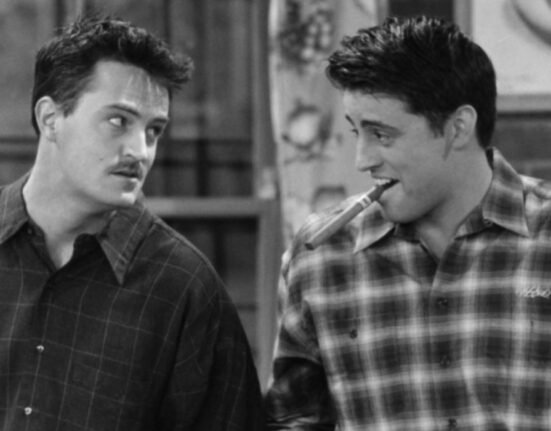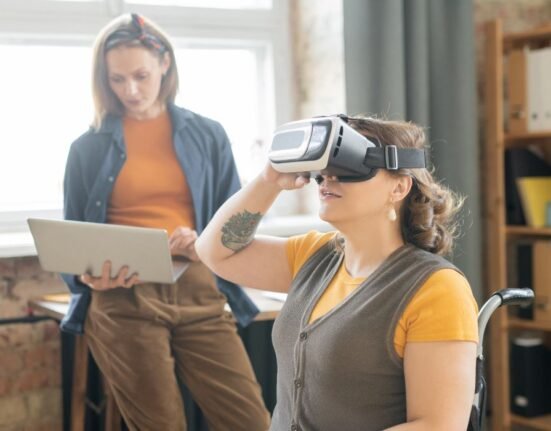Without the media, our lives would be incomplete in the modern era. The media of today includes radio, newspapers, magazines, television, the Internet, movies, direct mail, fax machines, and phone calls. Visual messages can be sent to viewers through several forms of advertising and broadcasting. Images are photographs, graphics, videos, and other visual representations, such as movies. In the media, images are incredibly helpful for efficiently communicating ideas. It offers a simple means of communication so that friends and family can be contacted from anywhere in the globe. Simultaneously, media such as radio, television, and the Internet expand our knowledge by giving us access to global information. Additionally, we have near-instant access to a variety of news sources and current events via media, such as the Internet.
Also Read: What is Tourette Syndrome?
Media Violence and Aggression:
- According to studies and research, aggressive conduct is strongly predicted by exposure to violent media. In a year, an average child might witness roughly 10,000 violent episodes. Of these, at least 500 events carry a significant risk that the youngster would mimic the aggression and grow numb to the violence.
- Children’s viewing habits may begin as early as age eight, which could be a contributing factor to their violent tendencies. Furthermore, family relationships and socioeconomic background could contribute to their aggressive actions. Moreover, every experience has a developmental impact that fosters characteristics that raise the risk of violent behavior in later life.
- Early studies on the consequences of watching violent television, particularly in youngsters, discovered the possibility of aggression as well as a desensitization effect. Violence on television and in videos
- Since the beginning of television, lawmakers, parents, educators, and mental health specialists have all sought to comprehend the effects of the medium, especially with regard to young people. The way violence has been portrayed has drawn particular attention, especially in light of psychologist Albert Bandura’s research on social learning from the 1970s and kids’ propensity to mimic what they see.
In order to evaluate the effects of violence on viewers’ attitudes, values, and conduct, the Surgeon General’s Scientific Advisory Committee on Television and Social conduct was established in 1969 in response to 15 years of “consistently disturbing” findings regarding the violent content of children’s programs. These were the main impacts of watching violence on television, according to the ensuing report and a follow-up report published by the National Institute of Mental Health in 1982.
Also Read: Violent video games and Aggression in young children
Effect on Youngsters
Youngsters might grow less perceptive to other people’s distress. They could have greater anxiety about their surroundings. Youngsters might act more aggressively or harmfully toward other people. Psychologists L. Rowell Huesmann, Leonard Eron, and others conducted studies beginning in the 1980s that revealed children who watched a lot of violent television in elementary school had a tendency to behave more aggressively as teenagers. Huesmann and Eron observed these participants into adulthood and discovered that those who had watched a lot of violent TV when they were 8 years old had a higher likelihood of being arrested and charged with crimes as adults.
The Relationship Between Media Violence and Aggressive Thoughts
We might not be aware of how much the media shapes our thoughts when we think about it. These days, there is an unprecedented amount of media coverage. Everybody can watch media, whether it be on TV, radio, social media, or the news. Our thoughts are influenced by what we see in the media. For example, violence has a significant impact. Seeing violence in the media on a regular basis will make us start thinking aggressively.
A neoassociationistic model of media priming was proposed by Berkowitz in a 1984 study in applied social psychology. “The impact of an earlier stimulus or event on our response to a later stimulus is known as priming.” In 2012, Schneider, Gruman, and Coutts. Priming can be demonstrated by watching a shooting in the media and then responding aggressively in response, such picking a fight at school.
Also Read: Microaggressions and Their Health Impacts
Persistent Effects of Media Violence:
The media ought to understand that what they post has an impact on individuals. Today’s society still struggles with violence. One result of our media-influenced upbringing is priming. There is a strong correlation between aggressive behavior and violence in the media. (Bushman, B. J., & Huesmann, L. R., 2006) assert that violent media has a long-term impact on children than it does on adults. This is due to the fact that taught behavior affects children more than it does adults, with adults being more affected by priming. Adults are more conscious of what is going on in society around them since they grew up with conventions already in place.
Therefore, They have a shorter-term impact on violence in the media. On the other hand, children are still developing and learning social norms; therefore, if they witness violent media on a regular basis, they will continue to internalize that information, which will eventually have a lasting effect as a result of learning.
Exposure to Media Violence Causes Aggressive Behavior
It is often known that youngsters pick up knowledge through observation and imitation. News stories and situations in the media have an impact on children. Violence in the media has been linked to a number of physical and mental health issues in children, young adults, and some adults in the community. Among these issues are:
- Depression
- Loss of sensitivity to violence
- Fears
- Aggressive/Hostile actions
- Insufficient sleep
Prevention
1) Seek Expert Assistance:
Seeking the advice of a mental health professional may be beneficial if you or someone you know is having trouble dealing with the consequences of violent media or is exhibiting negative thoughts or actions as a result of exposure to it. A qualified therapist can offer assistance and direction in building healthy coping mechanisms and regulating the consequences of violent media.
Also Read: A Psychological Perspective on Peace: Understanding Aggression
2) With screens becoming commonplace in our lives, parents could feel powerless to shield their kids from violent material. You can limit the amount of violent television, movies, and video games your child is exposed to, even though you can’t always exert total control.
The following is advised by the American Academy of Child and Adolescent Psychiatry:-
- Play video games and watch TV with them. Modify the content if you witness something violent.
- Use parental locks and other management solutions if you aren’t always able to limit their media consumption.
- Don’t let your kids have TVs in their bedrooms.
- Never allow your kids to play with or view violent content.
3) Promote Diverse Activities
Instead of exposing kids and teenagers to violent media, parents can encourage them to participate in other activities like sports, hobbies, or other interests. This will help them develop more constructive behaviors.
3) Lawful Directives
Different nations have implemented different legal laws to combat the possible short-term detrimental consequences of media violence. The extent and efficacy of these laws can differ greatly, and they may be influenced by political, cultural, and other variables.
References+
- https://pubmed.ncbi.nlm.nih.gov
- https://www.medicinenet.com (Children’s Mental Health)
- https://sites.psu.edu (Relationship between media violence and aggressive thoughts)
- https://www.apa.org (video games and violence harmful effects)













Leave feedback about this